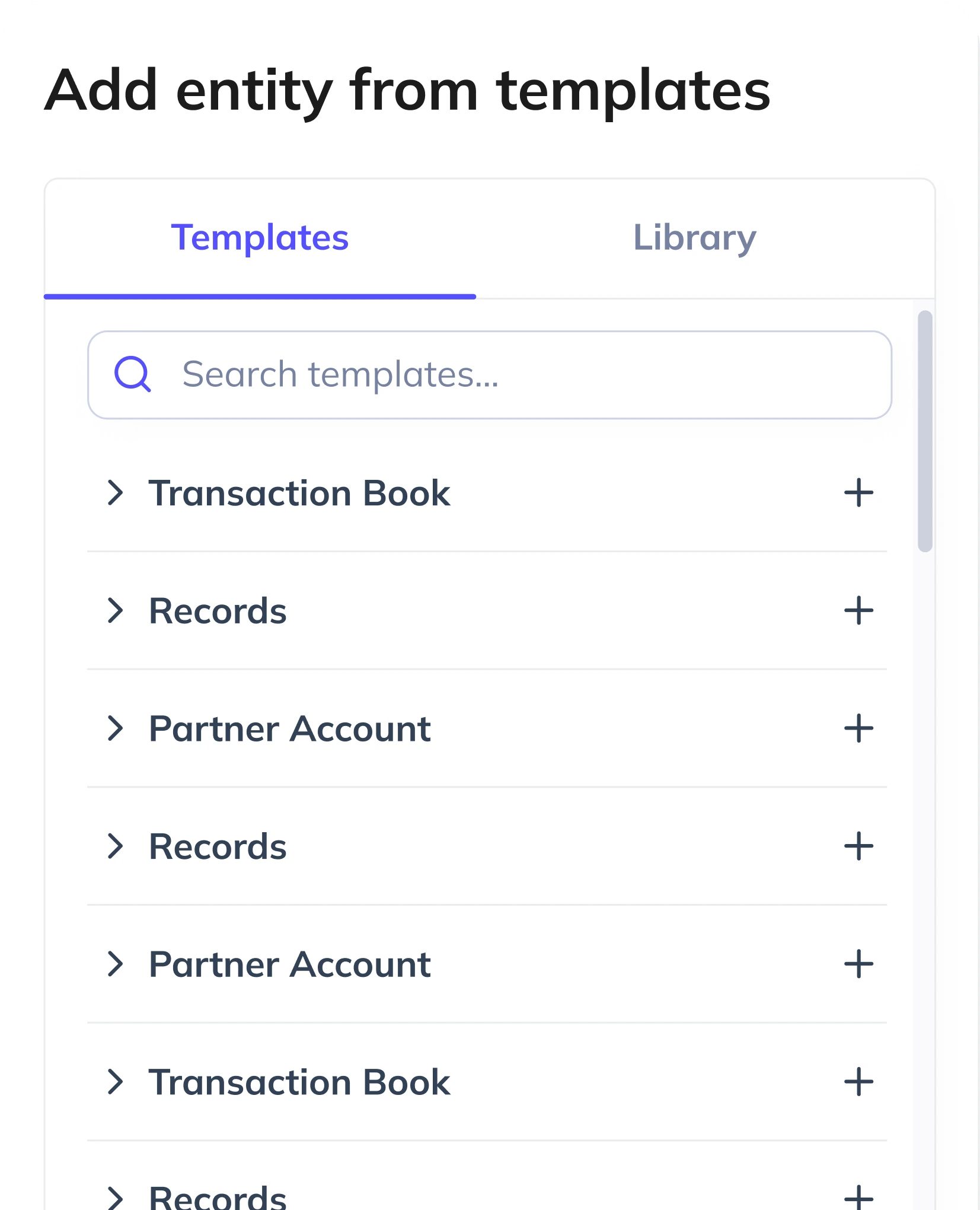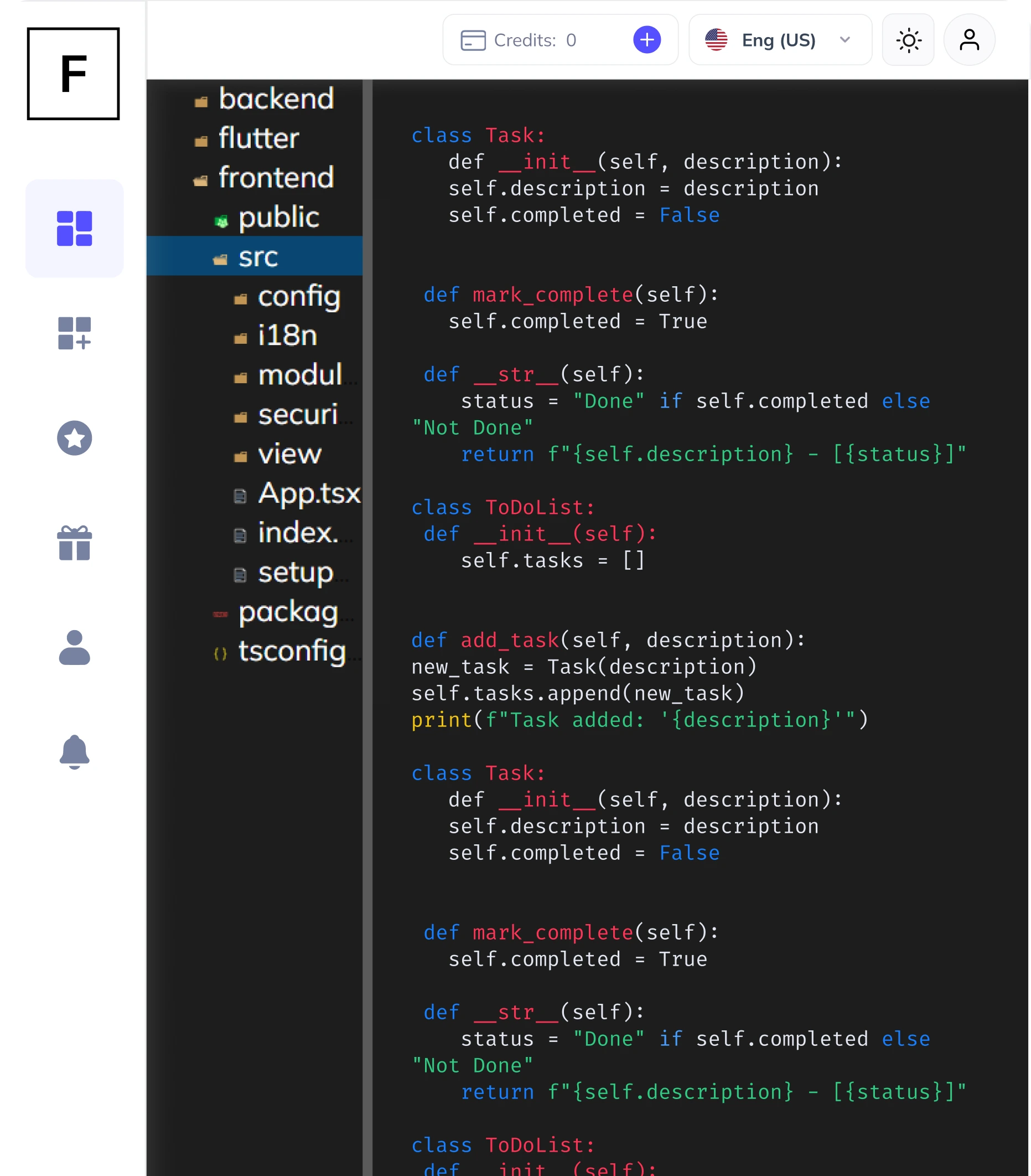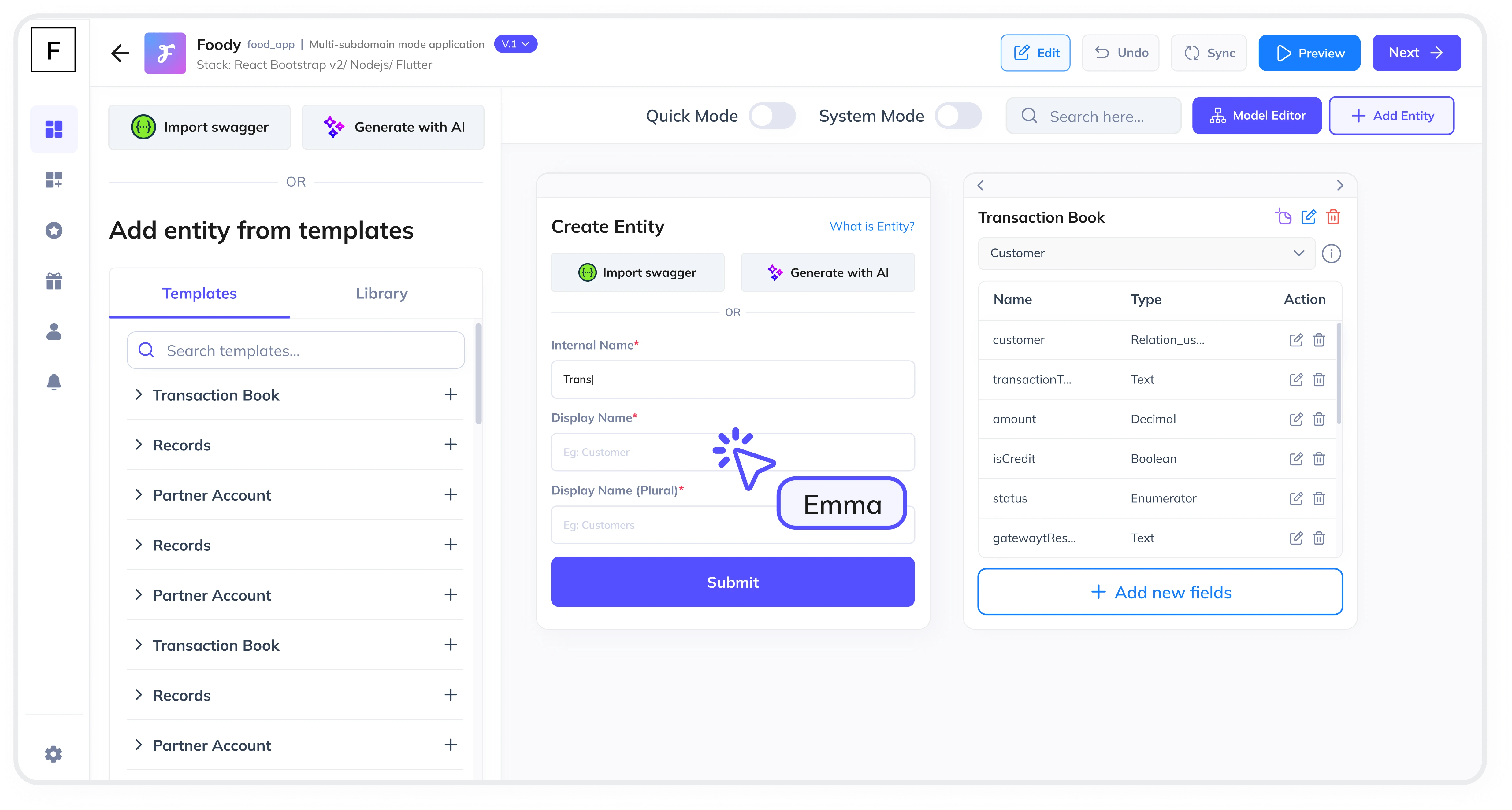Summarize and analyze this article with:
Invoicing is a critical component of any financial and accounting system. It ensures that businesses can generate, send, and track invoices efficiently. In this guide, we'll walk you through the step-by-step process of creating an invoicing module that is both robust and scalable. Whether you're building a system from scratch or enhancing an existing one, this guide will provide you with actionable insights.
Step 1: Define Your Requirements
Before diving into development, it's essential to outline the requirements of your invoicing module. Consider the following:
- Invoice Generation: How will invoices be generated? Will they be manual or automated?
- Customer Management: How will customer data be managed and integrated into the invoicing process?
- Payment Gateway Integration: Which payment gateways will you support (e.g., Stripe, PayPal, RazorPay)?
- Tax Calculations: How will taxes be calculated and applied to invoices?
- Reporting: What kind of reports will you need (e.g., outstanding invoices, paid invoices)?
Step 2: Choose the Right Technology Stack
Selecting the right technology stack is crucial for the success of your invoicing module. With FAB Builder, you have the flexibility to choose from a variety of tech stacks, including:
- MERN Stack (MongoDB, Express.js, React, Node.js)
- MEAN Stack (MongoDB, Express.js, Angular, Node.js)
- React with AntDesign, Tailwind, Bootstrap, or Material
- Vue, Angular, Next.js, Node.js, Dotnet, Java, SQL, Android Native, or iOS Native
FAB Builder ensures that your entities, fields, and supported features adapt automatically to changes in the tech stack, making it an ideal platform for creating MVPs and scaling them to production-ready applications.
Step 3: Design the Database Schema
Your database schema should be designed to handle all the necessary data for invoicing, including:
- Customers: Store customer information such as name, address, and contact details.
- Invoices: Store invoice details like invoice number, date, due date, and total amount.
- Invoice Items: Store line items for each invoice, including description, quantity, and price.
- Payments: Store payment details such as payment date, amount, and payment method.
Step 4: Develop the Invoice Generation Logic
The core of your invoicing module is the logic that generates invoices. This includes:
- Automated Invoice Generation: Automatically generate invoices based on predefined rules (e.g., monthly subscriptions).
- Manual Invoice Generation: Allow users to manually create invoices for one-off transactions.
- Tax Calculations: Implement logic to calculate taxes based on the customer's location and the type of goods/services provided.
Step 5: Integrate Payment Gateways
Integrating payment gateways is essential for enabling customers to pay their invoices directly through your system. FAB Builder supports integration with popular payment gateways like Stripe, RazorPay, PayPal, Android PlayStore, and Apple Pay for iOS. This flexibility allows you to cater to both B2B and B2C customers, whether you're offering subscription-based services or one-time purchases.
Step 6: Implement Role-Based Permissions
Security is paramount in any financial system. Implement role-based permissions to control who can generate, view, and manage invoices. FAB Builder's multi-layer security model ensures that your invoicing module is secure and compliant with industry standards.
Step 7: Add Bulk Data Import/Export Functionality
FAB Builder's low-code platform allows you to add bulk data import and export functionality to your invoicing module. This feature is particularly useful for:
- Data Analysis: Export invoice data to Excel for further analysis.
- Reporting: Generate reports in other tools by exporting data.
- Business Operations: Import large volumes of data quickly and efficiently.
Step 8: Test and Deploy
Once your invoicing module is developed, it's crucial to thoroughly test it to ensure it meets all requirements. FAB Builder's managed hosting services make it easy to deploy your application to the cloud with just one click. Whether you're using AWS, GCP, or Azure, FAB Builder ensures a seamless deployment process.
Step 9: Monitor and Optimize
After deployment, continuously monitor your invoicing module to identify any issues or areas for improvement. Use analytics to track key metrics such as invoice generation time, payment success rates, and customer satisfaction.

Conclusion
Creating an invoicing module for financial and accounting systems is a complex but rewarding task. By following this step-by-step guide, you can build a robust and scalable invoicing module that meets your business needs. With FAB Builder, you can take your application to the next level by leveraging its low-code platform, multi-tenant configurations, and extensive customization options. Whether you're building an MVP or a production-ready application, FAB Builder has you covered.


















